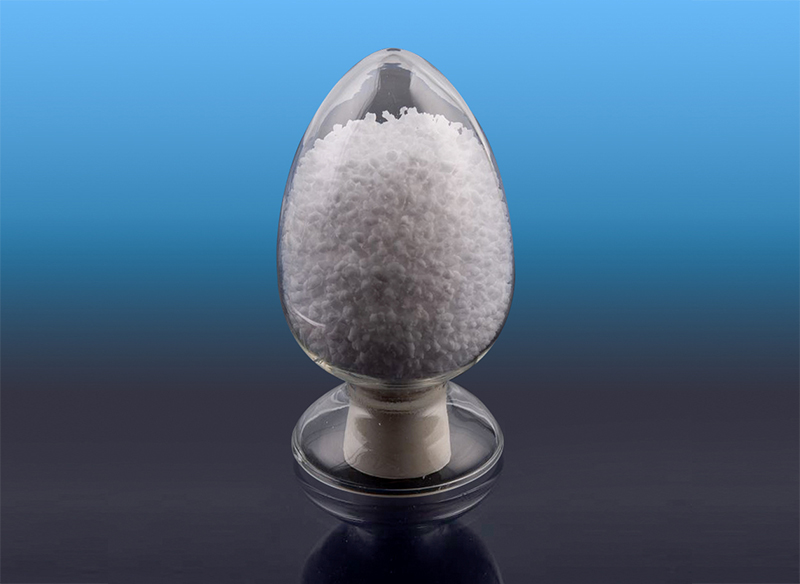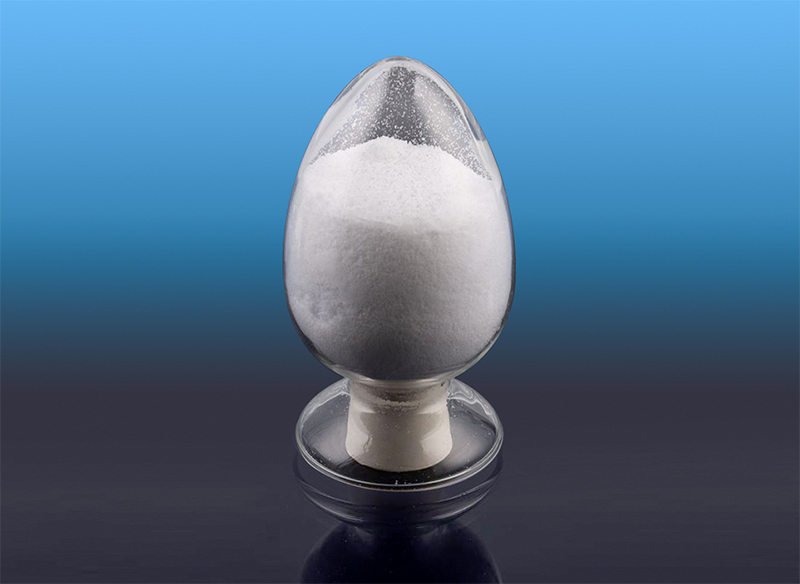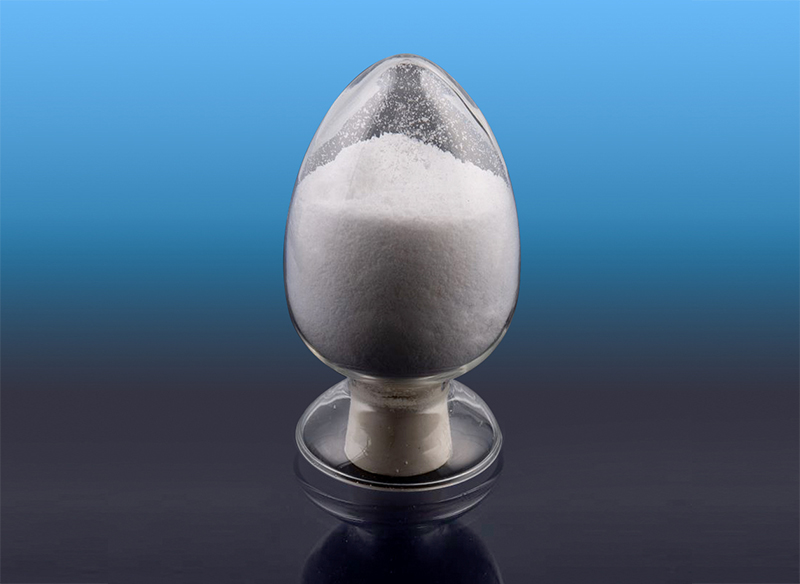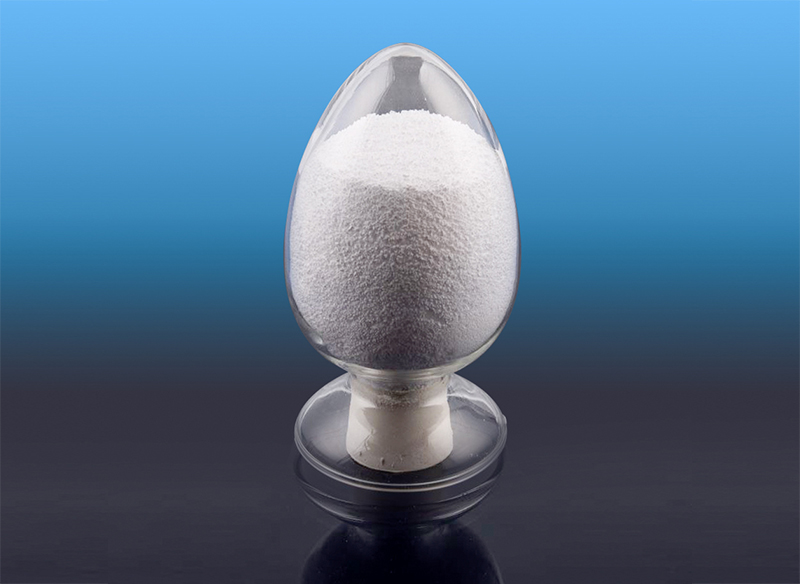High Transparent TPE: Revolutionizing Clear Polymer Applications Across Industries
As industries increasingly demand materials that combine optical clarity with functional performance, high transparent thermoplastic elastomers (TPE) are emerging as a critical solution across medical, consumer, automotive, and packaging applications. This advanced class of polymers bridges the gap between rigid transparent plastics and conventional opaque elastomers, offering unique benefits that are driving rapid adoption in product design and manufacturing.
Understanding High Transparent TPE
High transparent TPE represents a significant advancement in polymer technology, specifically engineered to achieve exceptional optical properties while maintaining the elasticity and processability characteristic of thermoplastic elastomers. These materials typically achieve light transmission rates exceeding 90%, with haze levels below 5%, making them competitive with traditional clear plastics like polycarbonate and acrylic.
The key differentiators of high transparent TPE include:
-
Superior clarity maintained throughout product lifecycles
-
Excellent flexibility with elongation capabilities surpassing 400%
-
Inherent softness providing comfortable tactile properties
-
Chemical resistance suitable for demanding environments
-
Ease of processing compatible with injection molding and extrusion
Industry Applications Driving Growth
Medical and Healthcare
The medical sector represents one of the most significant growth areas for high transparent TPE, where material purity and clarity are essential:
-
Intravenous components requiring visual fluid monitoring
-
Transparent respiratory masks and breathing apparatus
-
Medical device grips needing both visibility and ergonomic comfort
-
Surgical tool components where flexibility meets sterilization requirements
Consumer Electronics
Electronics manufacturers are adopting these materials for:
-
Wearable device bands that showcase internal components
-
Transparent protective cases maintaining device aesthetics
-
Flexible display components requiring optical clarity
-
Haptic feedback elements in touch interfaces
Automotive Innovations
Automotive applications are expanding with:
-
Light guide covers for interior ambient lighting
-
Heads-up display components demanding optical precision
-
Touch-sensitive control surfaces with backlighting
-
Flexible lens covers for sensors and cameras
Advanced Packaging Solutions
Packaging engineers utilize high transparent TPE for:
-
Flexible clear pouches with self-sealing properties
-
Tamper-evident seals maintaining content visibility
-
Luxury product packaging requiring premium presentation
-
Resealable closures combining clarity with functionality
Material Advantages Over Alternatives
High transparent TPE offers distinct benefits compared to traditional clear materials:
Compared to PVC:
-
Superior clarity and light transmission
-
Better flexibility and elastic recovery
-
Enhanced chemical resistance
-
More environmentally friendly formulations
Compared to Silicone:
-
Much higher transparency
-
Easier processing with standard thermoplastic equipment
-
Better bonding with other thermoplastics
-
More cost-effective at scale
Compared to Polycarbonate:
-
Significantly greater flexibility
-
Improved impact resistance at thin gauges
-
Better soft-touch characteristics
-
Lower processing temperatures
Technical Innovations Enabling Performance
Recent advancements in polymer science have been critical to developing high transparent TPE:
Advanced Polymer Architecture
New molecular designs minimize light scattering while maintaining elastomeric properties
Nano-scale Compounding
Precision additive packages enhance clarity without compromising mechanical properties
Stabilization Technologies
Innovative formulations prevent yellowing and maintain optical properties over time
Processing Optimizations
Developments in melt flow characteristics enable production of complex thin-walled clear parts
Sustainability and Environmental Considerations
Manufacturers are responding to environmental concerns with:
-
Phthalate-free formulations meeting global regulations
-
Recyclable grades compatible with existing waste streams
-
Bio-based options incorporating renewable materials
-
Energy-efficient processing requiring lower temperatures
Market Outlook and Future Trends
Industry analysts project strong growth for high transparent TPE, with particular expansion in:
Medical Device Miniaturization
As healthcare devices become smaller and more complex, the need for clear, flexible materials increases
Flexible Electronics
The growth of foldable displays and wearable technology creates new opportunities
Automotive Interior Innovation
Vehicle designers seek materials that combine aesthetic appeal with functional performance
Sustainable Packaging
Brands demand eco-friendly solutions that maintain premium product presentation
Emerging developments include:
-
Self-healing clear elastomers for extended product life
-
Conductive transparent formulations for smart surfaces
-
Light-adjusting materials that respond to environmental conditions
Selection Criteria for Optimal Performance
When specifying high transparent TPE, engineers should consider:
Optical Requirements
-
Light transmission percentage
-
Haze levels
-
Refractive index matching
Mechanical Needs
-
Shore hardness
-
Tensile strength
-
Compression set
Environmental Factors
-
UV exposure conditions
-
Temperature ranges
-
Chemical exposure
Regulatory Compliance
-
FDA approval for medical/food contact
-
USP Class VI certification
-
RoHS compliance for electronics
Conclusion
High transparent TPE represents a transformative material category that enables innovative product designs across multiple industries. By combining the best properties of clear plastics and flexible elastomers, these advanced polymers are solving engineering challenges that were previously unaddressable with conventional materials.
As material science continues to advance, we can expect to see even more sophisticated applications of high transparent TPE in areas ranging from medical technology to consumer electronics and beyond. For product designers and engineers, understanding the capabilities of these materials is becoming essential for developing competitive, next-generation products.





